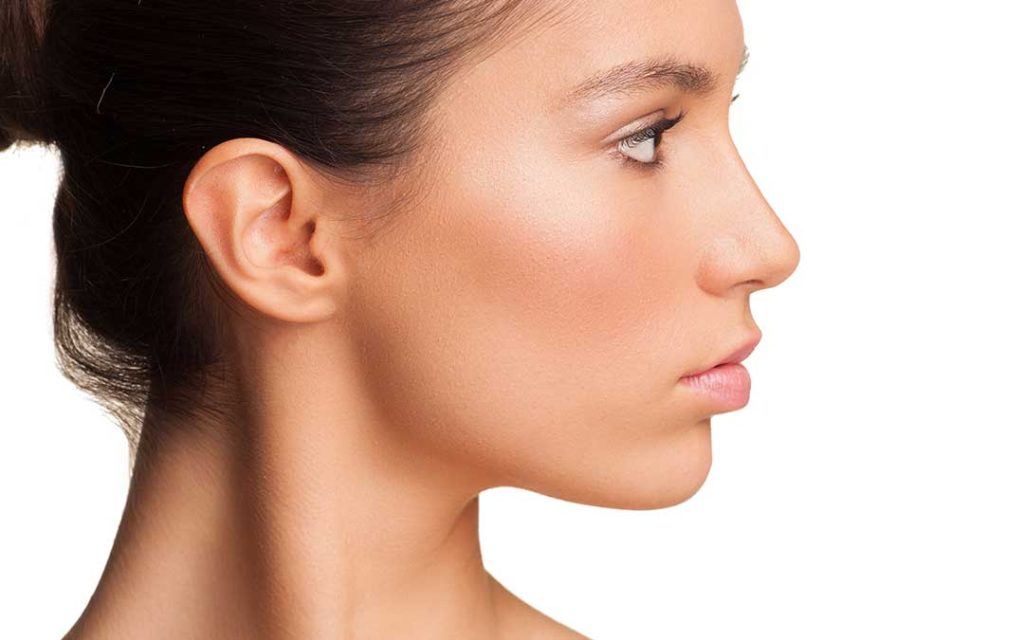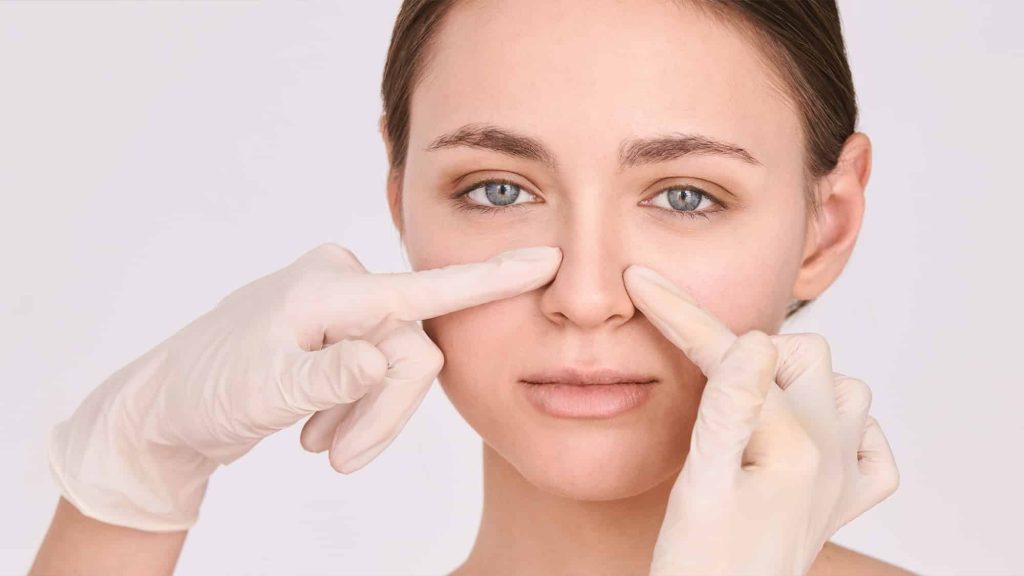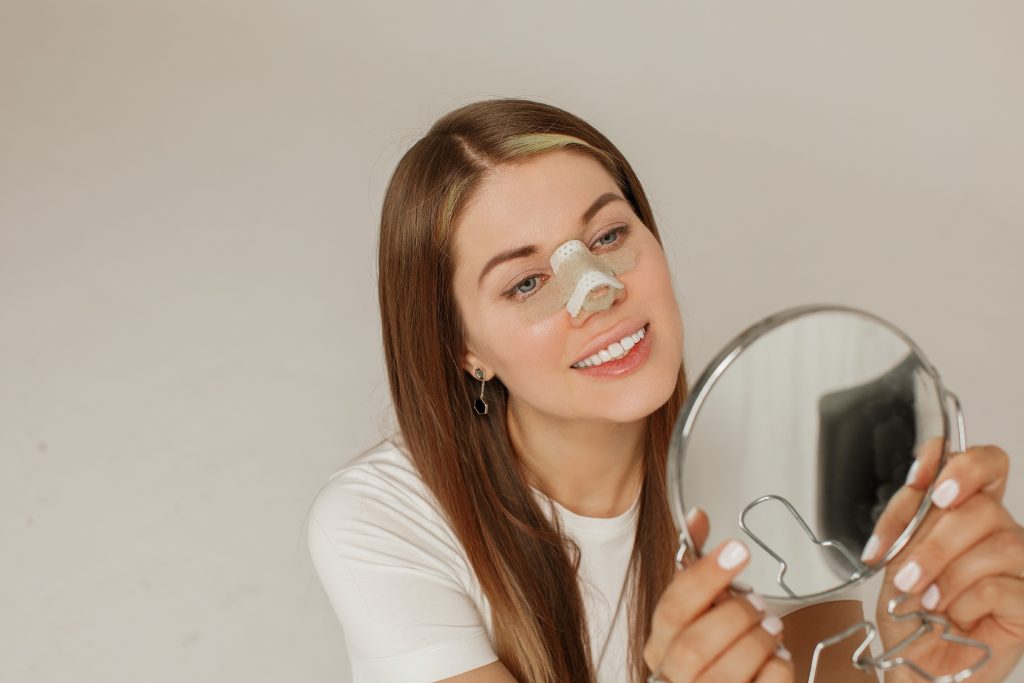Selecting the Right Rhinoplasty Surgeon: Keys to Finding an Expert for Your Nose Job
For those considering a rhinoplasty, perhaps no decision proves more important than choosing the right surgeon. An expertly performed nose reshaping can beautifully enhance facial harmony and resolve functional breathing issues. But an inexperienced surgeon increases risks of unsatisfactory results, potential complications, and costly revisions. This comprehensive guide highlights crucial factors for identifying elite rhinoplasty surgeons best equipped to deliver the ideal outcome.
Why Surgeon Selection Matters for Rhinoplasty
Rhinoplasty ranks among the most intricate and challenging cosmetic procedures. Even minor alterations to the nasal structure can drastically impact the entire facial appearance. Meticulous surgical precision and an aesthetic eye prove essential to achieve balanced, natural-looking results that complement the patient’s unique facial proportions.
Rhinoplasty carries inherent risks like excessive scarring, breathing impairment, asymmetry, and contour irregularities. An under-qualified surgeon lacking specialized training further compounds these potential issues. With so much riding on the outcome, extensive research into each prospective surgeon’s credentials and experience level cannot get underestimated.
Board Certification and Credentials
While not a guarantee of superior surgical skills, board certification should represent the bare minimum requirement. Verify each rhinoplasty surgeon under consideration maintains active certification from legitimate boards like:
American Board of Plastic Surgery (ABPS)
American Board of Facial Plastic and Reconstructive Surgery (ABFPRS)
American Board of Otolaryngology (ABOTO)
Membership in respected professional organizations like the American Society of Plastic Surgeons (ASPS) and the American Academy of Facial Plastic and Reconstructive Surgery (AAFPRS) also reflects peer recognition.
Surgical certifications ensure a baseline level of proper training and credentialing. However, specialized rhinoplasty training and extensive real-world experience remain crucial as well.
Specialized Rhinoplasty Training and Experience
A surgeon’s years of dedicated rhinoplasty training and performance set them apart from general plastic surgeons. Pay close attention to prospective surgeons’ specialized education paths:
Did they complete an accredited plastic surgery residency program?
Did they undergo additional rhinoplasty fellowship training after their residency? If so, for how long?
What percentage of their current annual practice focuses exclusively on rhinoplasty cases?
Do they demonstrate command over advanced techniques like cartilage grafting and revision rhinoplasty?
The most skilled rhinoplasty surgeons have spent 5-10+ years entirely focused on honing their nasal reshaping abilities long after completing formal training. This prolonged commitment reflects true mastery over the nuances and complexities involved.
Evaluating a Rhinoplasty Surgeon’s Results
When performed by a highly-skilled surgeon, rhinoplasty should complement and enhance each patient’s existing facial features harmoniously. Signs an expert is behind the results include:
Overall Facial Balance and Proportion: The new nasal shape blends naturally, neither overwhelming nor underwhelming other facial traits.
Preservation of Ethnic Characteristics: For ethnic rhinoplasties, the results should refine without erasing unique cultural distinctions.
Structural Definition: The nose exhibits nuanced contours – a clearly defined tip, bridge, and overall framework.
Smooth Nasal Lines: No irregularities, crookedness, or unnatural visible lines disrupt the cohesive aesthetic.
Consistent, Reproducible Outcomes: The surgeon’s portfolio displays reliably beautiful results across a range of cases.
An extensive library of before/after photos proves invaluable for assessing a rhinoplasty surgeon’s consistent skill level, judgment, and artistry in nasal reshaping.
Surgical Approach and Techniques
The two primary rhinoplasty techniques – open and closed approaches – each demand a differing level of expertise:
Open Rhinoplasty: This advanced method involves a small external incision across the columella (strip between nostrils). It provides maximum visibility/access for more complex reshaping cases. Only surgeons exhibiting strong open rhinoplasty mastery should be considered.
Closed/Endonasal Rhinoplasty: All incisions occur internally through the nostrils without any external cuts. Less invasive, this suits more minor refinement cases and requires superb endoscopic skills.
An elite rhinoplasty surgeon displays command of both open and closed techniques as needed for the specific patient situation. They also utilize computer imaging to visualize potential results.
Evaluating Beside Manner and Communication
Clear, open communication ensures patients have realistic expectations and understand all aspects of the rhinoplasty process. Qualities to consider regarding the surgeon’s bedside manner include:
An Engaged, Attentive Listener: They understand concerns/goals rather than imposing personal preferences.
Transparency and Honesty: The surgeon explains advantages/limitations of various techniques thoroughly.
Educational Mindset: They take time to ensure each patient fully comprehends procedural steps, risks, recovery, etc.
Rapport Building: Patients feel comfort, confidence, and trust toward the surgeon.
Accessible for Follow-Up: They make themselves available to address any post-op questions or concerns.
Top rhinoplasty surgeons guide patients compassionately through the entire surgical journey – setting reasonable expectations, developing mutual understanding, and providing trustworthy counsel at every stage.
Evaluating the Practice Environment
While not the most important factor, certain elements of the surgical practice environment can indicate an elevated patient experience:
Operating Suite Accreditation: Accreditation from certifying agencies like AAAASF or AAAHC reflects commitment to stringent safety protocols.
Dedicated Rhinoplasty Suite: A specialized facility focused solely on nasal procedures suggests enhanced expertise.
Advanced Imaging Technology: The latest simulation imaging helps conceptualize each patient’s ideal result.
Attentive Staff: A warm, welcoming staff that instills confidence before and after surgery.
Convenient Location/Hours: The practice location and availability facilitate accessibility.
While not dealbreakers themselves, reputable certifications and modern amenities tend to correlate with top rhinoplasty surgeons providing outstanding patient care and safety.

Reputation, Patient Reviews, and Online Presence
No amount of research can substitute for a surgeon’s proven reputation for excellence. Signs of strong professional regard include:
Overwhelmingly Positive Patient Reviews: Comments reflecting high satisfaction with their results and overall experience.
Professional Endorsements: Acclaim from medical societies and referrals from other respected doctors.
Active Online Presence: A transparent web presence encouraging meaningful patient interaction and education.
Media Features: The surgeon gets frequently featured in reputable publications/programs as an authority.
Membership in Specialized Societies: Groups like The Rhinoplasty Society represent the most elite rhinoplasty surgeons in the world.
While costly, choosing the best rhinoplasty surgeon available makes the invaluable difference between attaining a beautifully balanced nasal appearance versus suboptimal results requiring revision surgery.
The Importance of an In-Person Consultation
After thorough research and evaluation, schedule an in-person consultation with top prospective rhinoplasty surgeons from the final shortlist. This appointment provides a critical opportunity to:
Evaluate The Surgeon’s Communication Style: Do they listen attentively and develop rapport?
Establish Trust and Comfort Level: Can this surgeon understand and achieve the desired aesthetic goals?
View More Before/After Galleries: Seeing additional results examples in the consultation room.
Tour the Surgical Facility: Get a behind-the-scenes look at the practice environment and operating suite.
Discuss Procedural and Financial Details: Have all final questions answered transparently before booking.
While online research serves an important initial vetting role, the in-person consultation represents the ultimate determining factor for choosing the ideal rhinoplasty surgeon. An authentic connection with rapport and trust proves paramount.

The Value of an Elite Rhinoplasty Surgeon
For such a personal, life-changing procedure, selecting a true rhinoplasty expert represents a worthy investment. The exceptional skill, artistry, and judgment required to artfully reshape the nose demands this caliber of surgeon.
While more affordable surgeons may prove tempting, suboptimal work increases likelihood of unsatisfactory results necessitating expensive revision procedures down the road. An elite rhinoplasty surgeon’s expertise ensures the highest chances of achieving a naturally beautiful, balanced nasal reshaping and life-long facial harmony from day one.
Rhinoplasty is an incredibly nuanced process that, in the hands of a highly trained specialist surgeon, can deliver a transformative improvement in both aesthetic and functional nasal issues. Through thorough research focused on experience, proven results, advanced techniques, and demonstrated mastery, anyone can feel confident in choosing the most qualified surgeon for their rhinoplasty goals.


